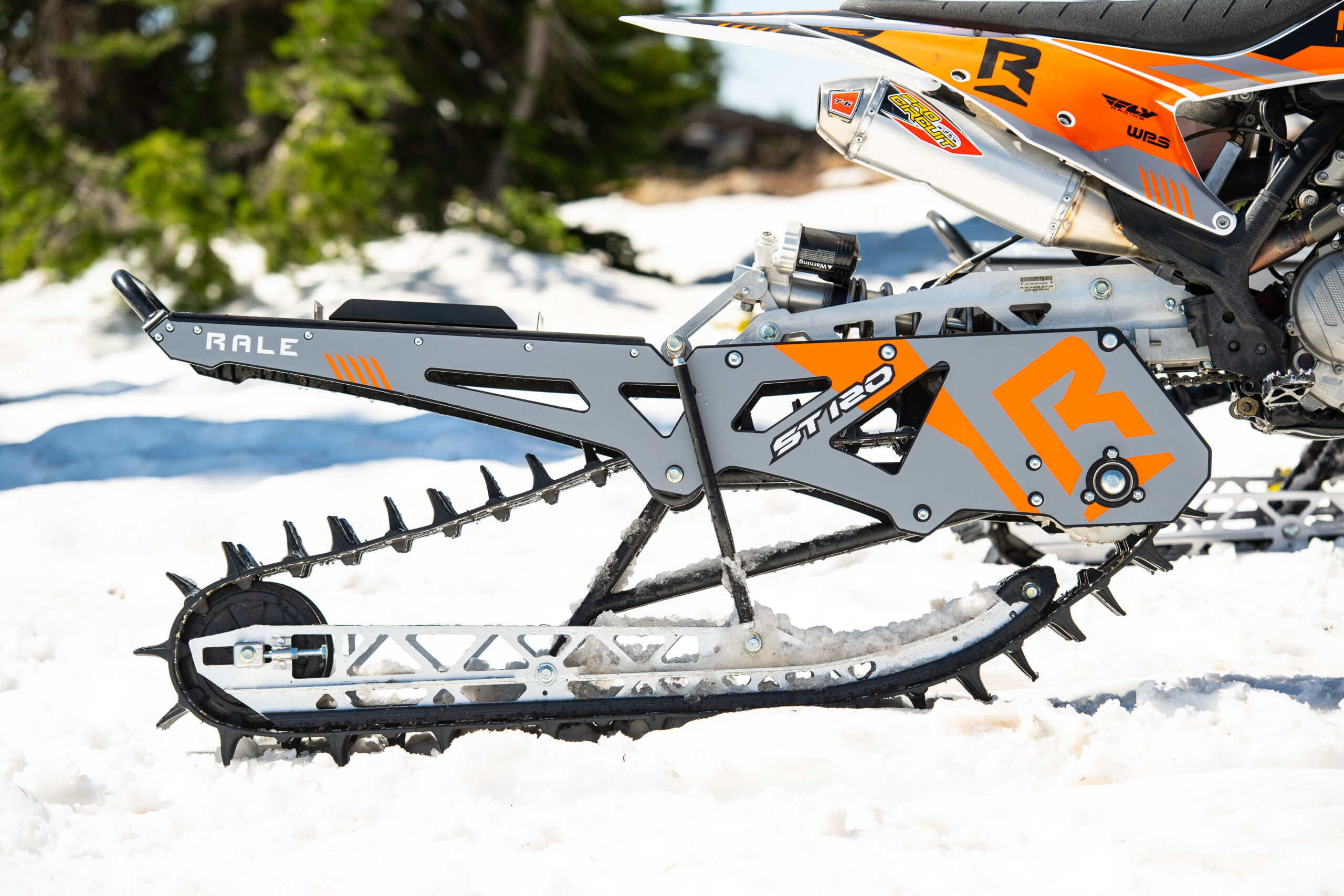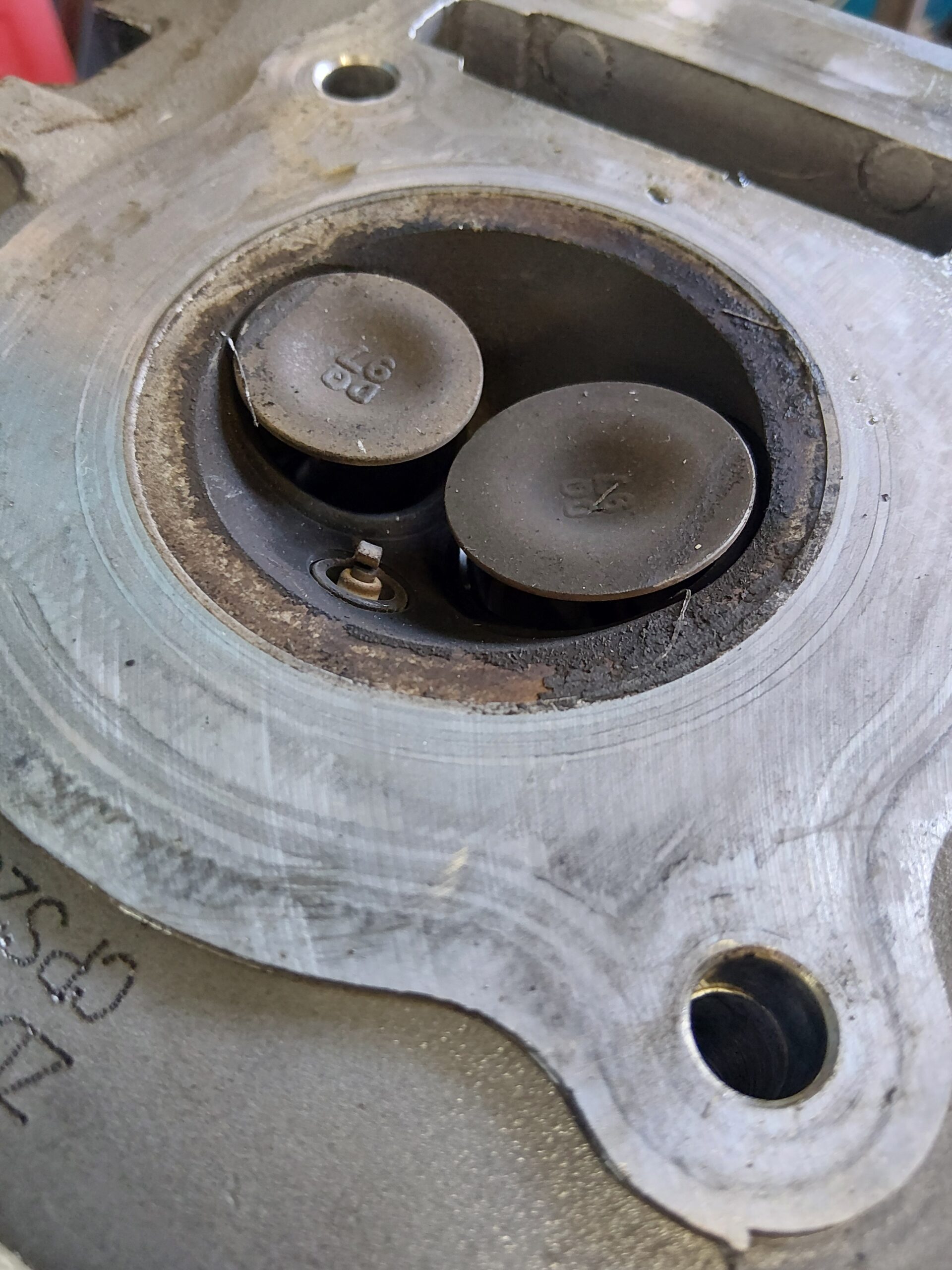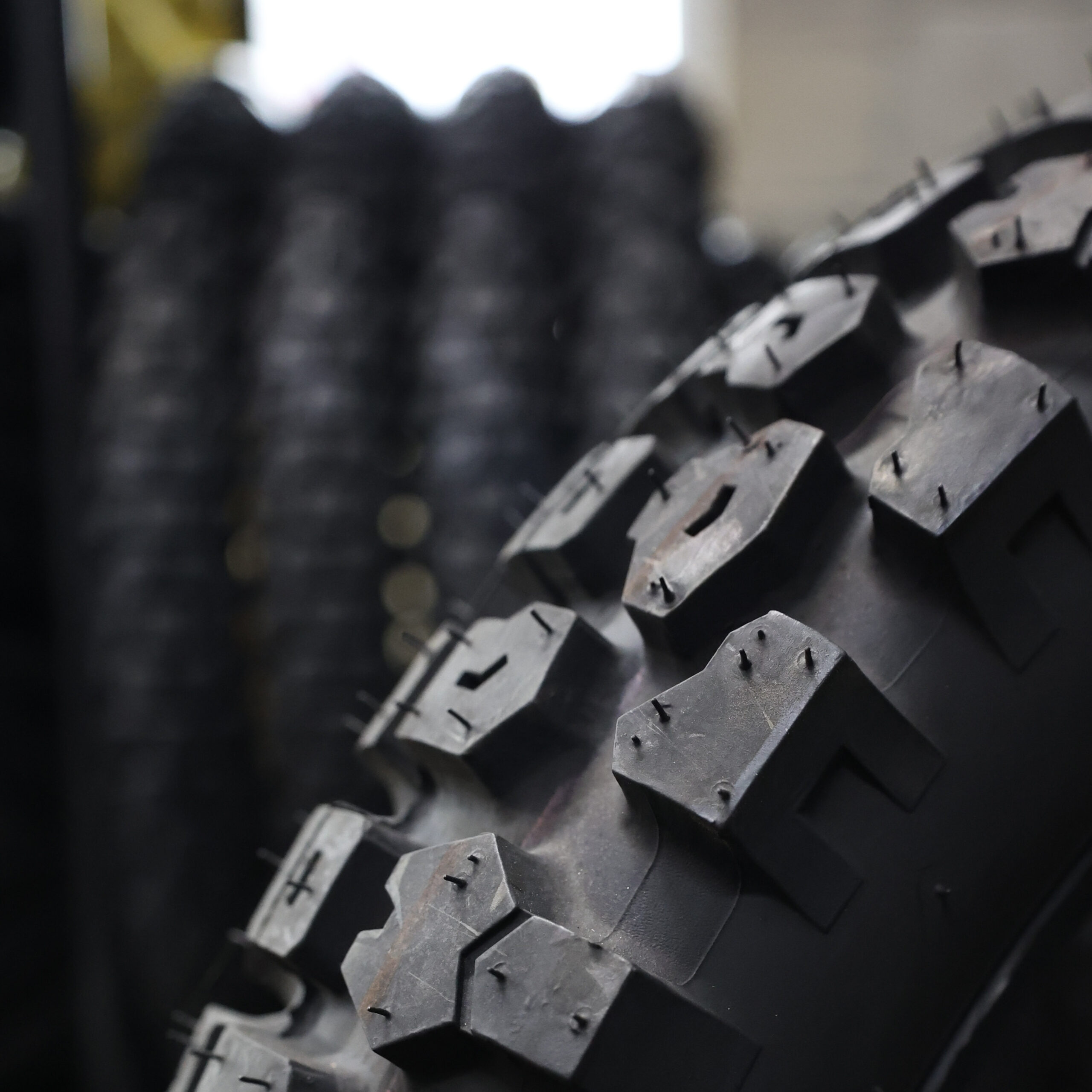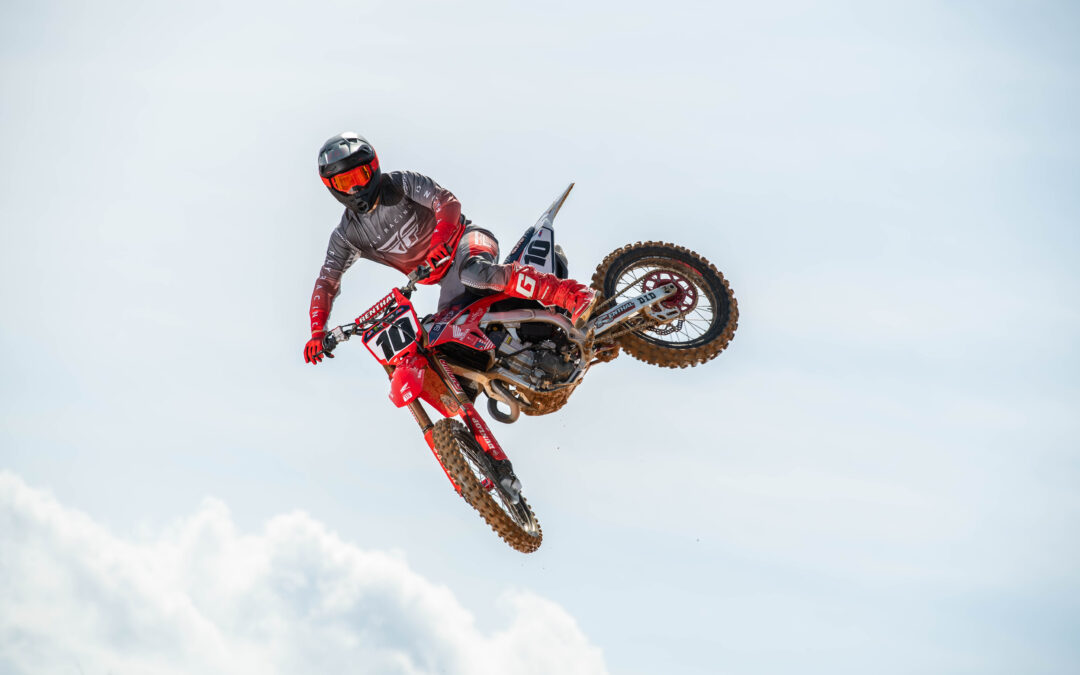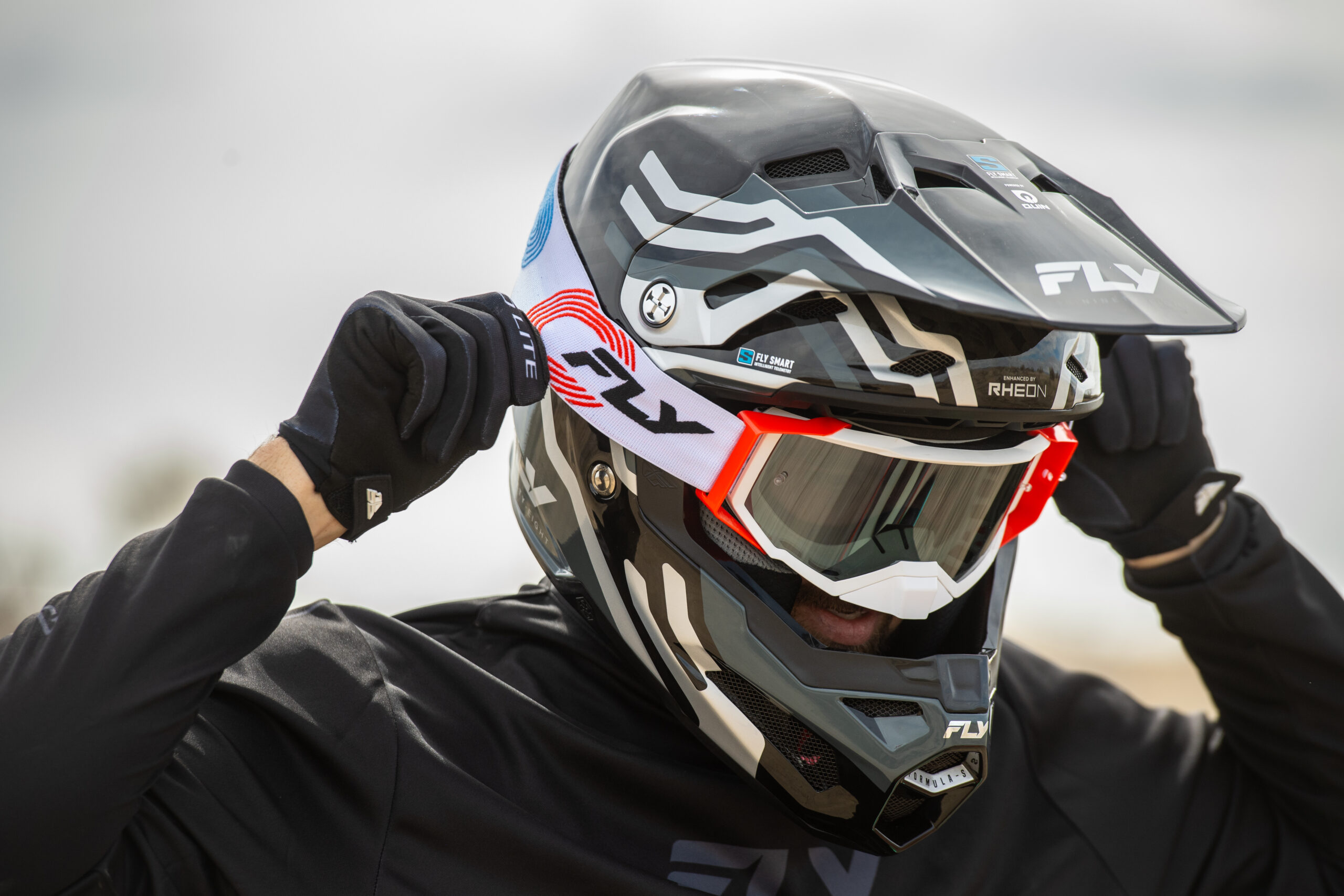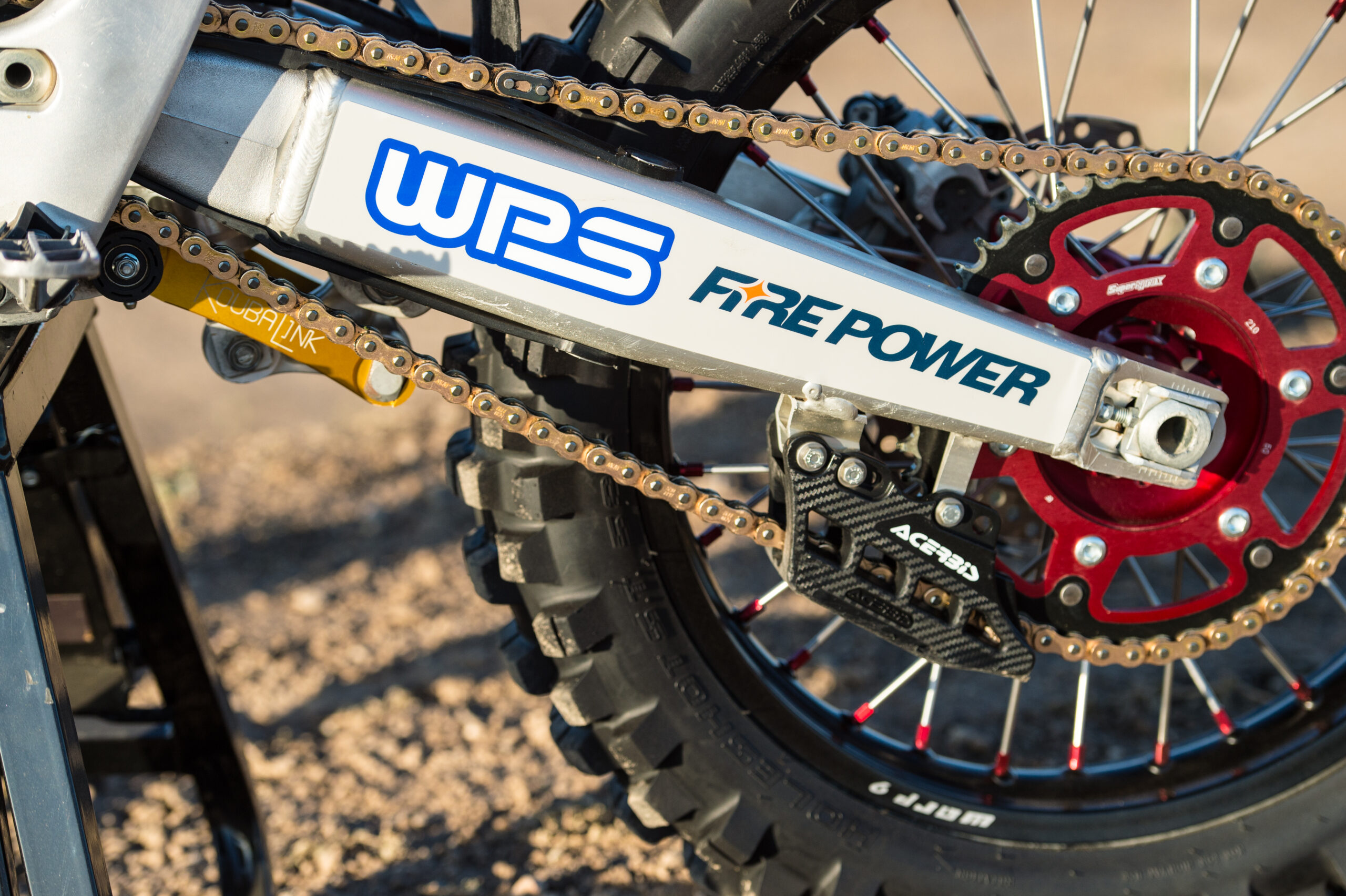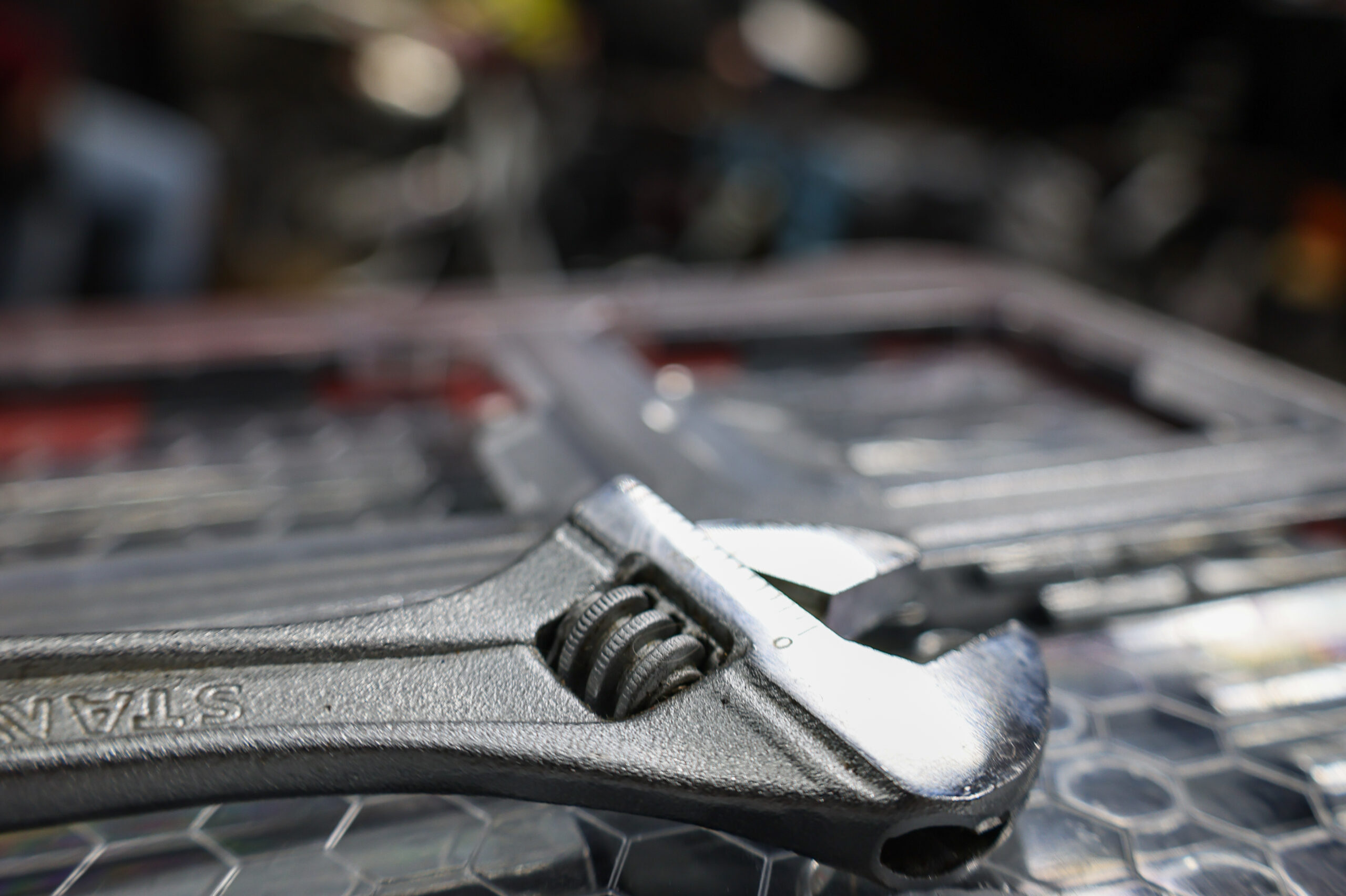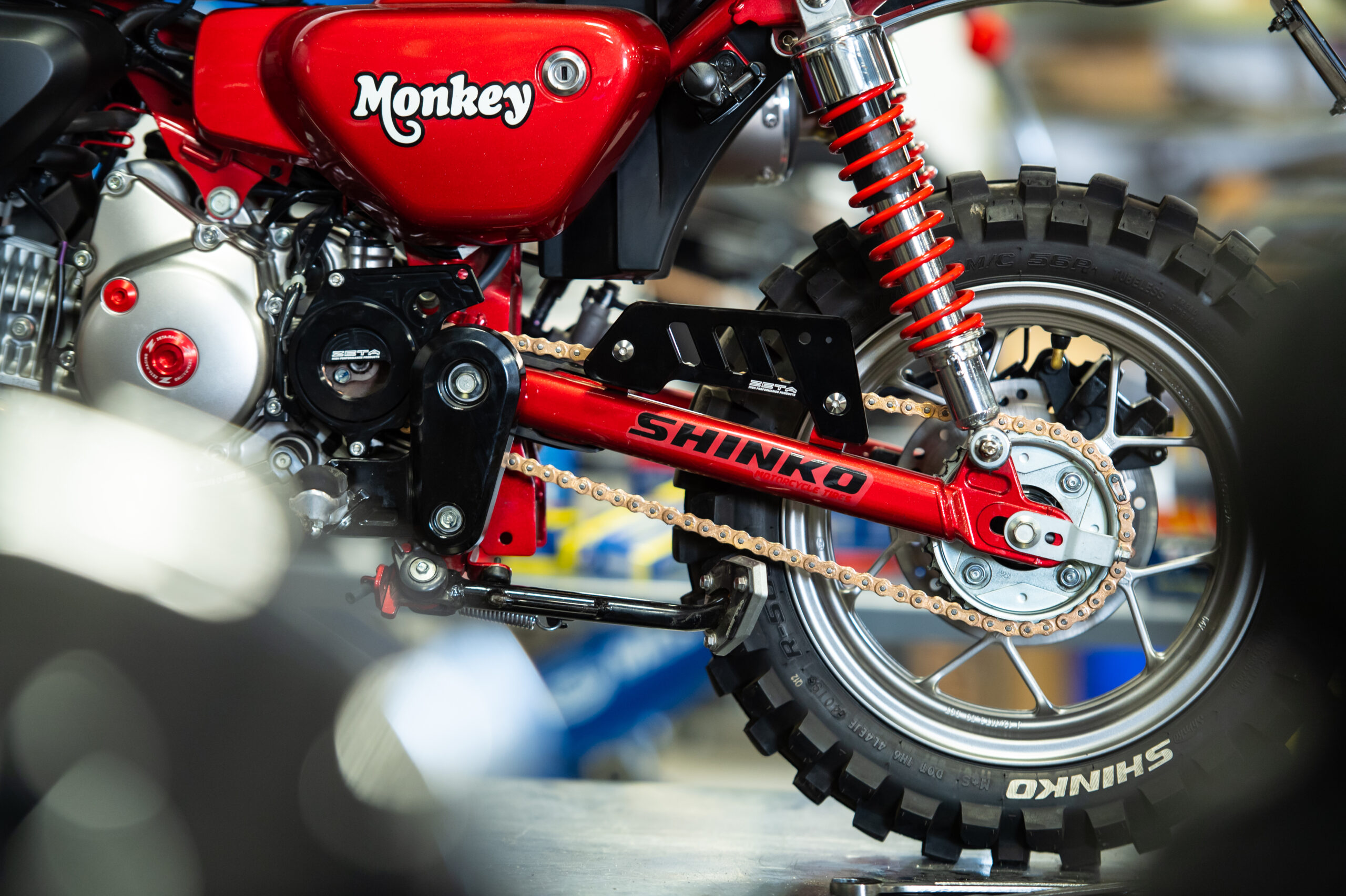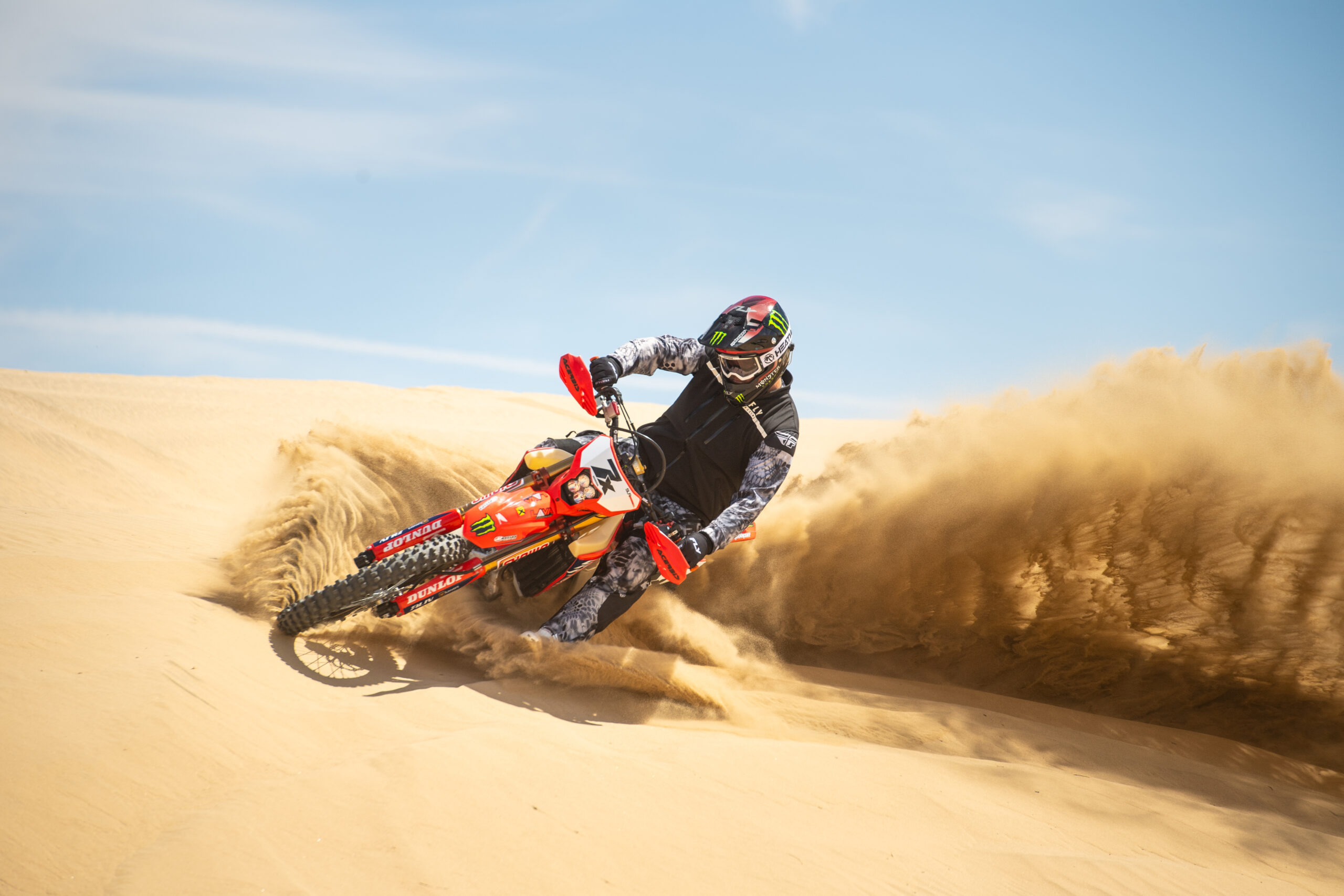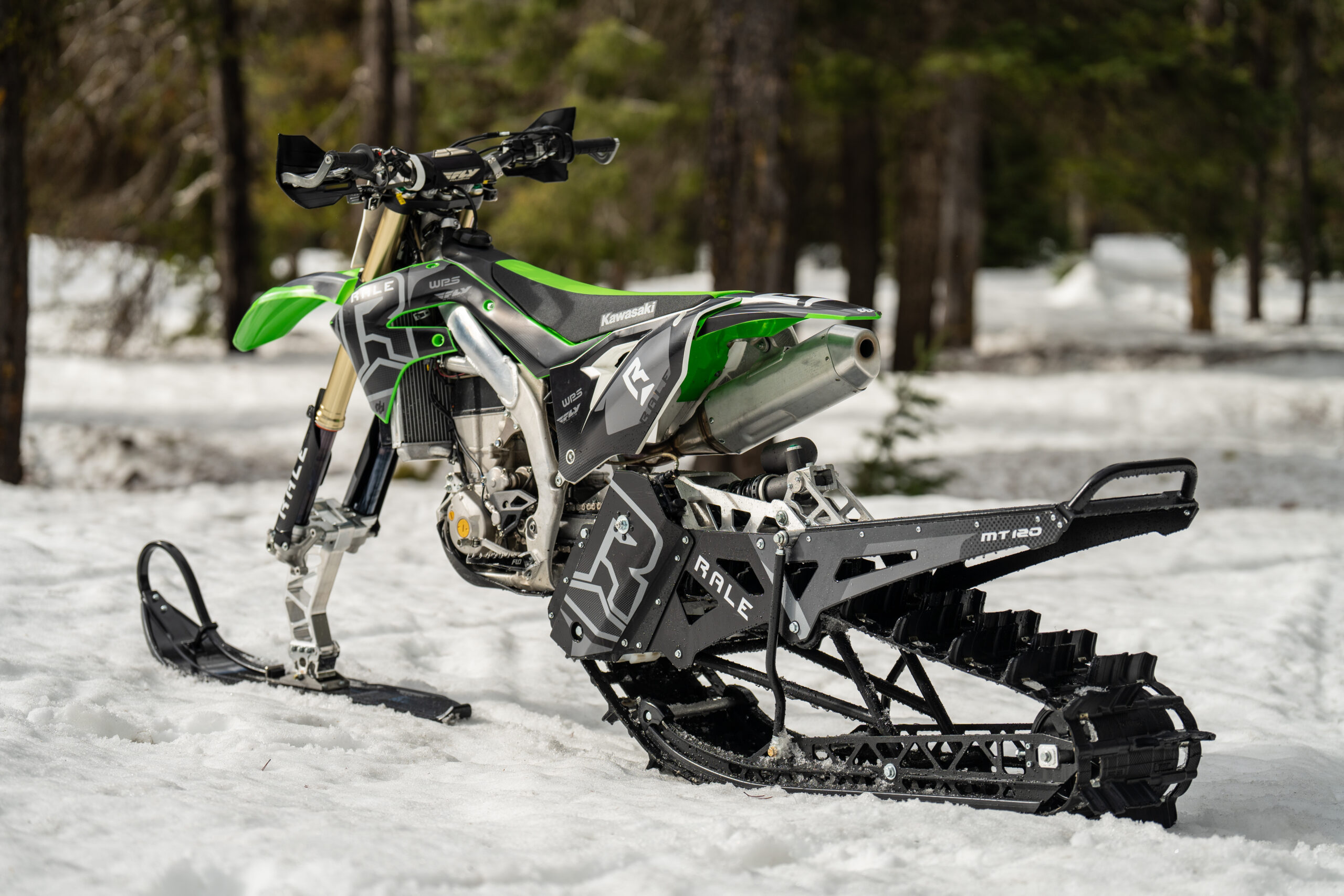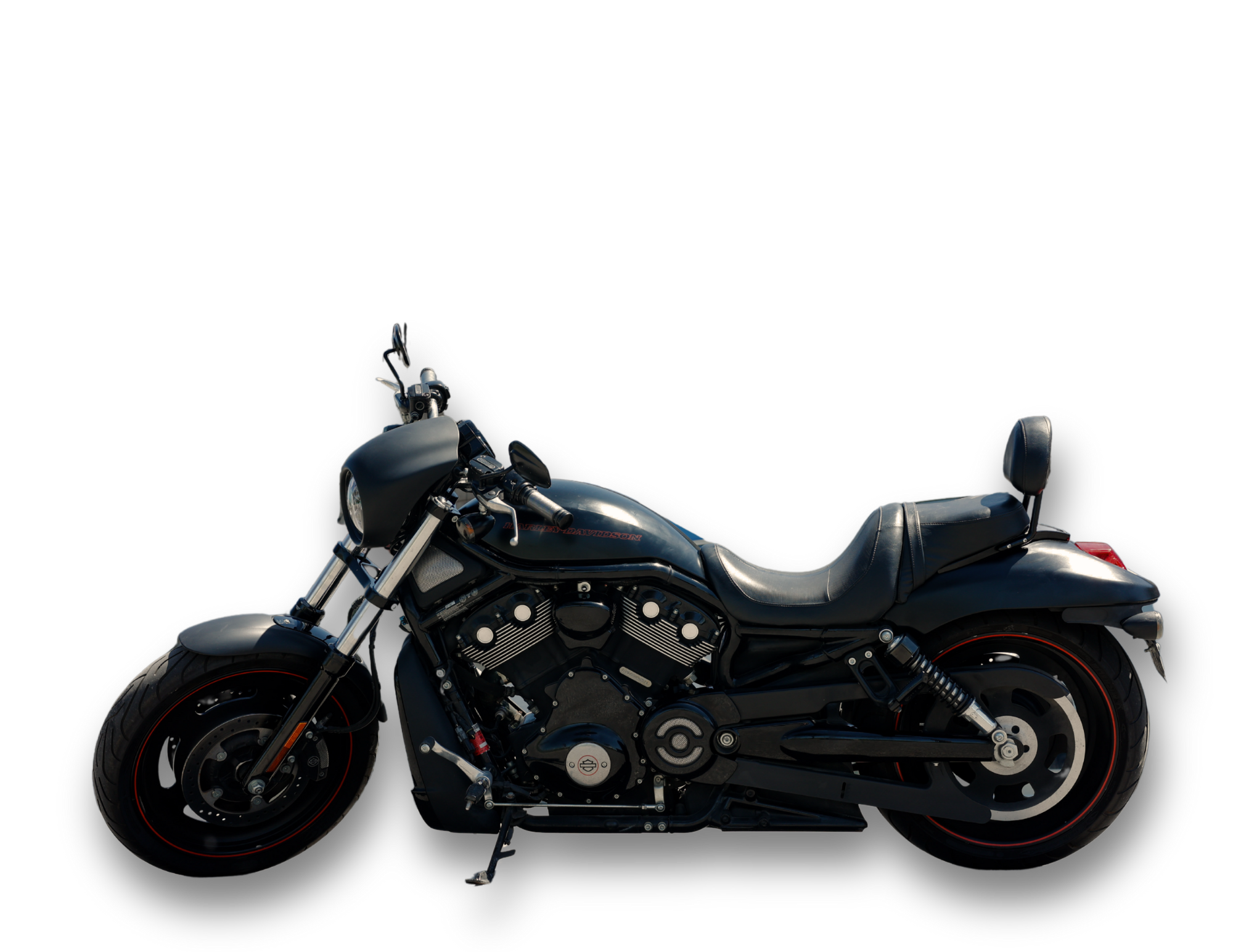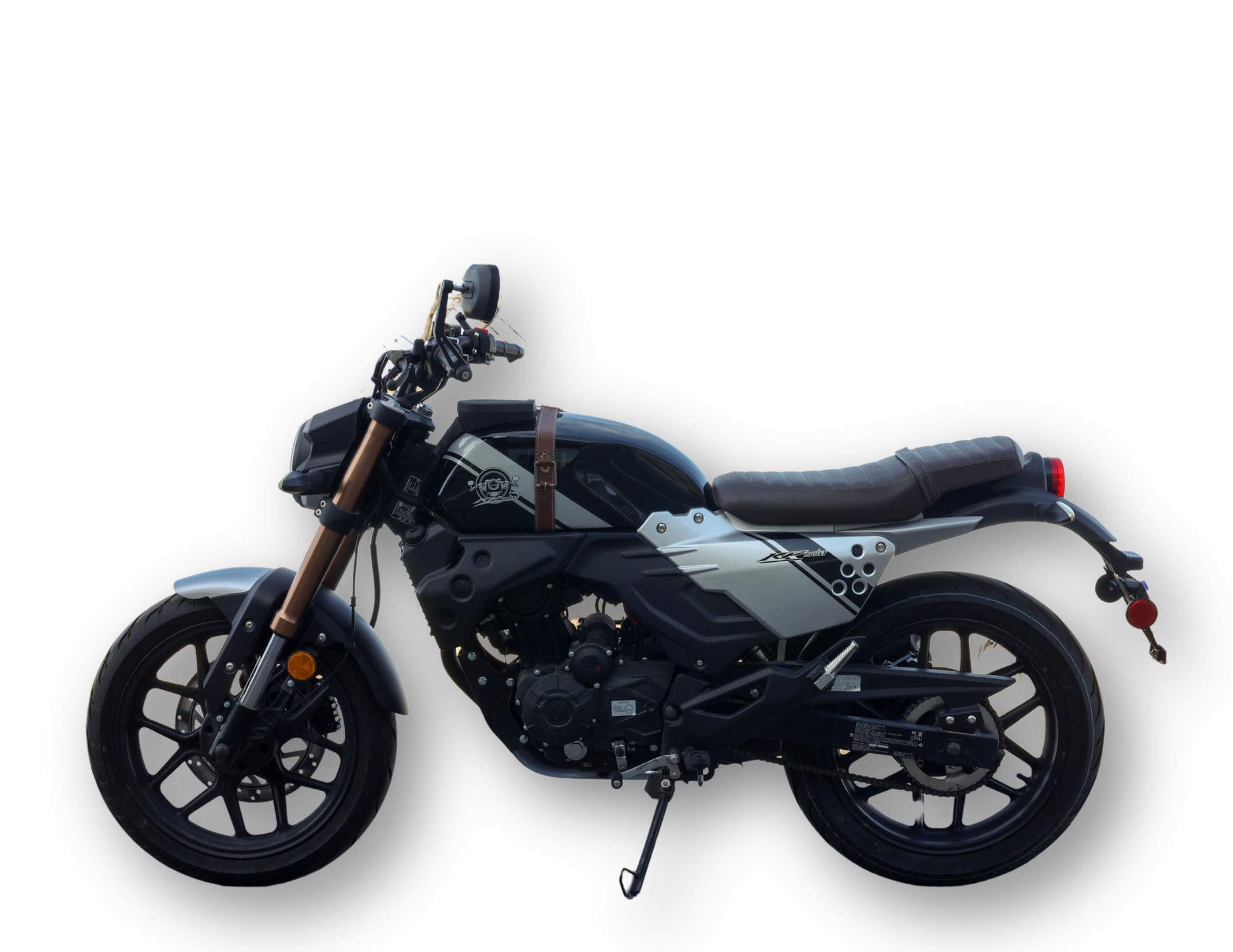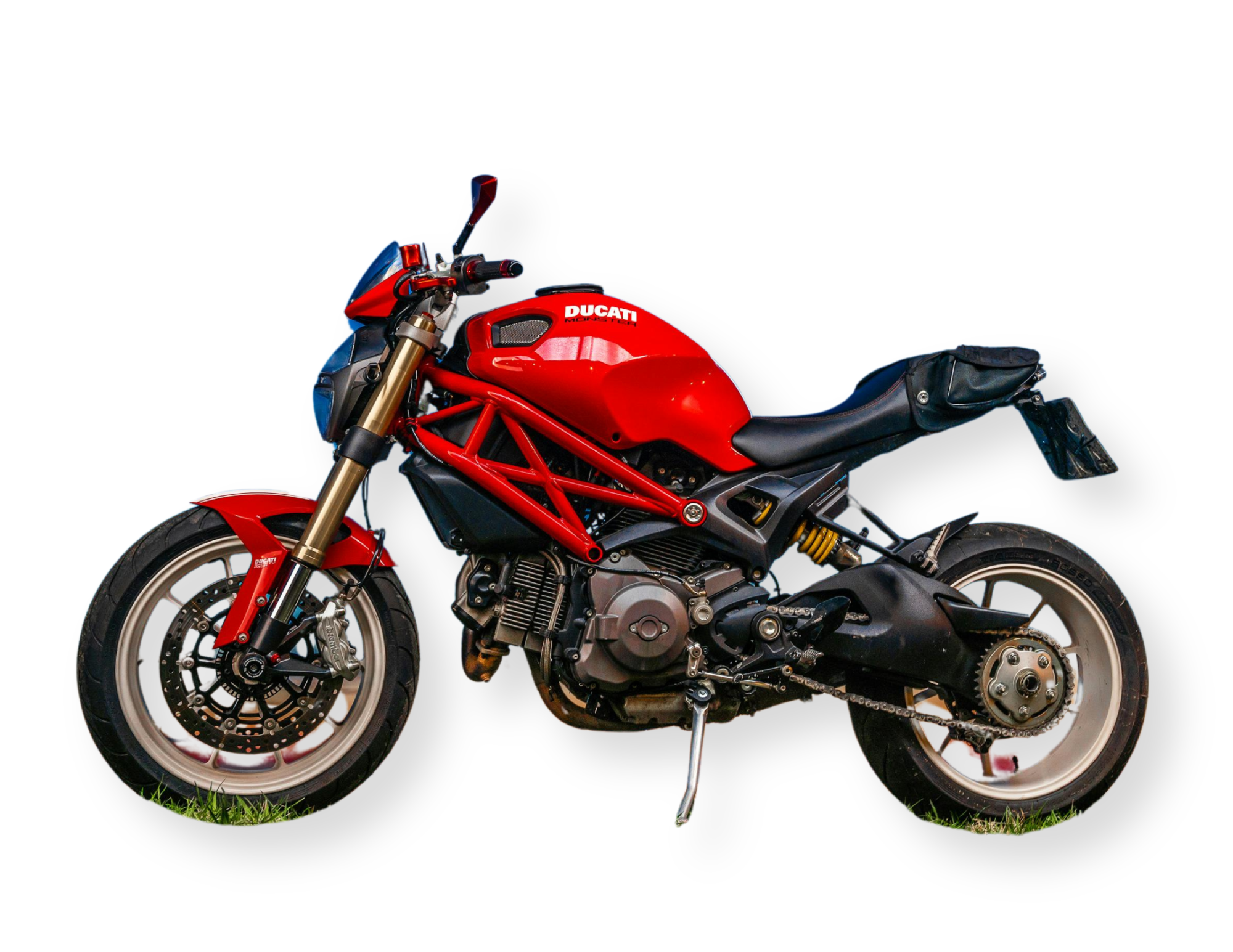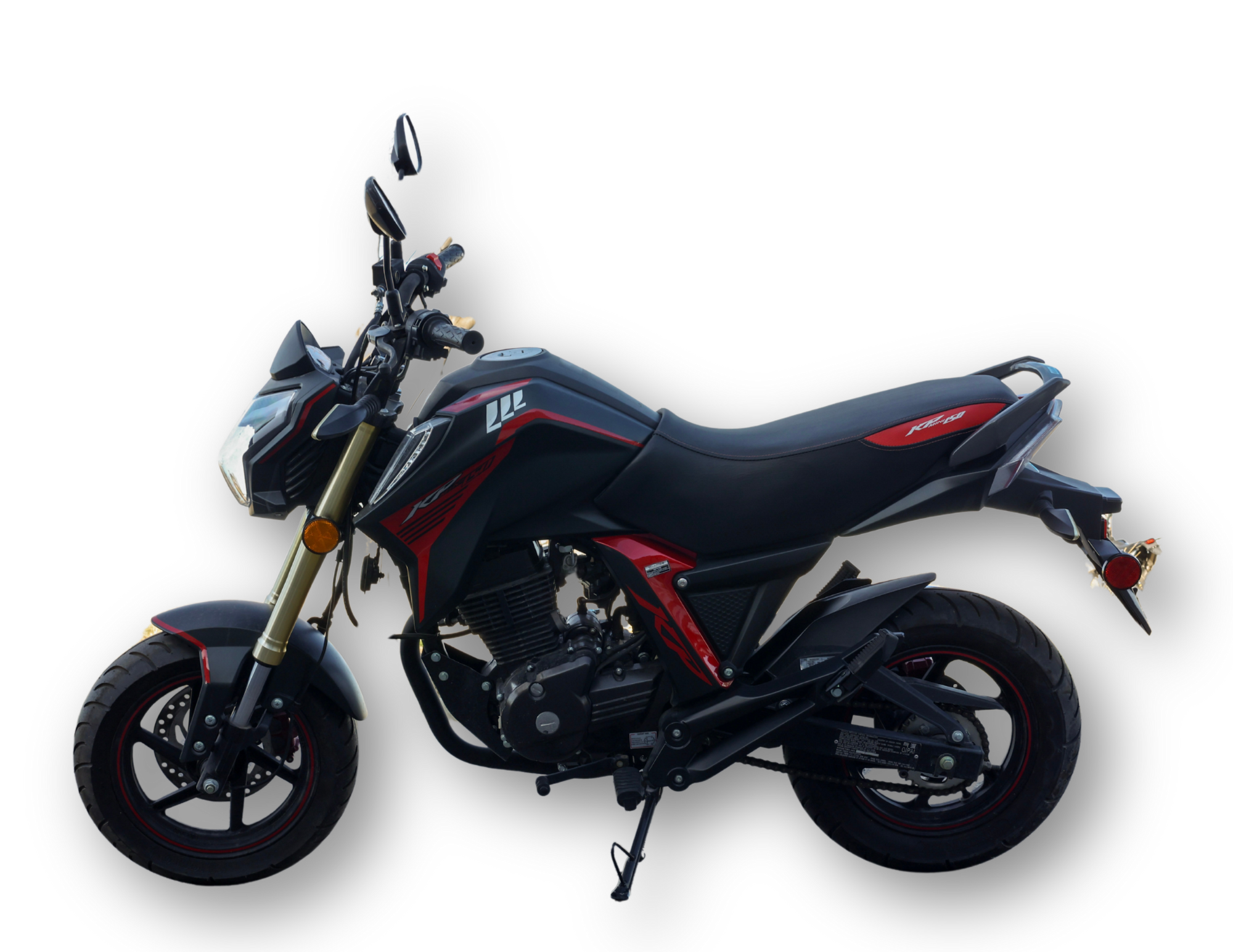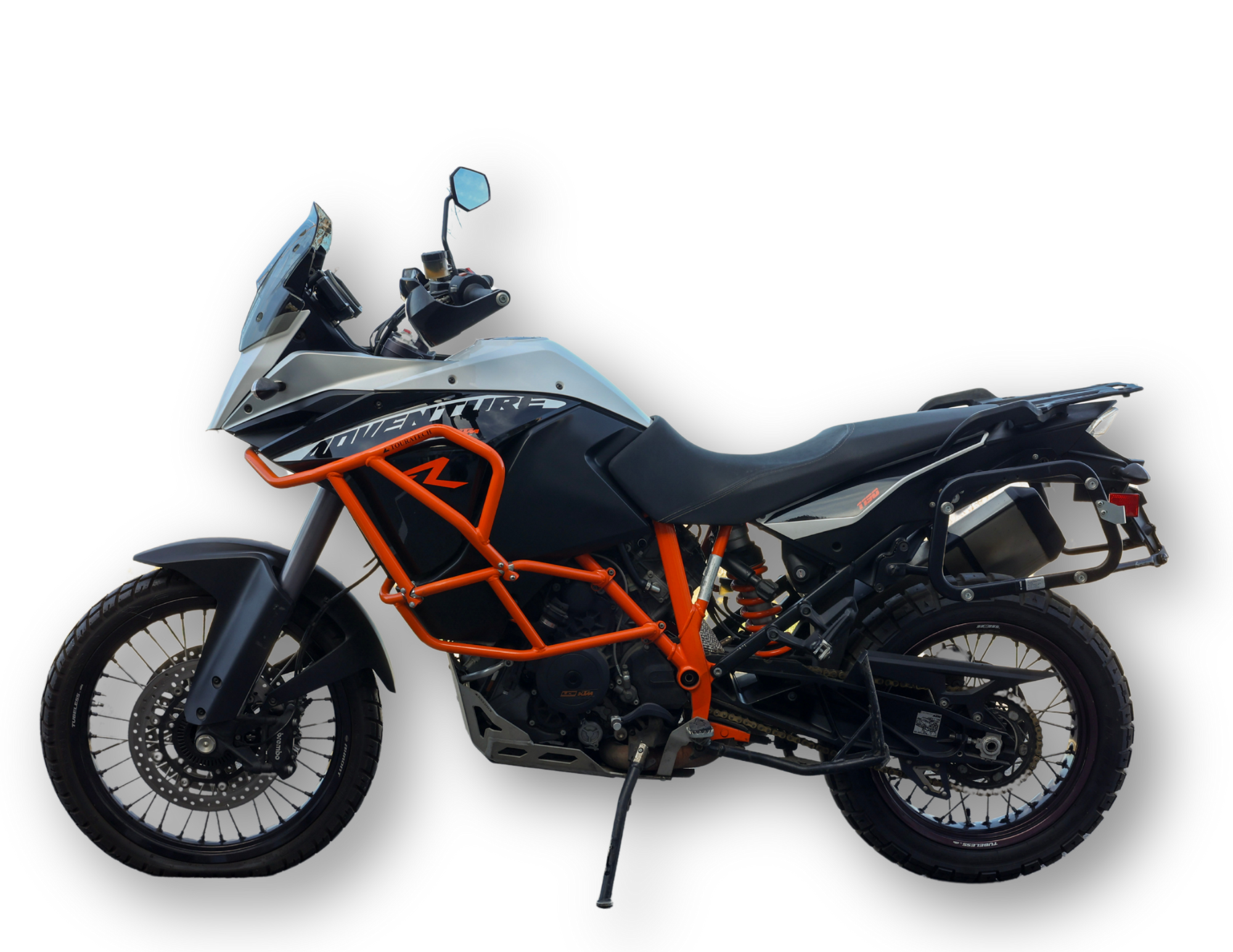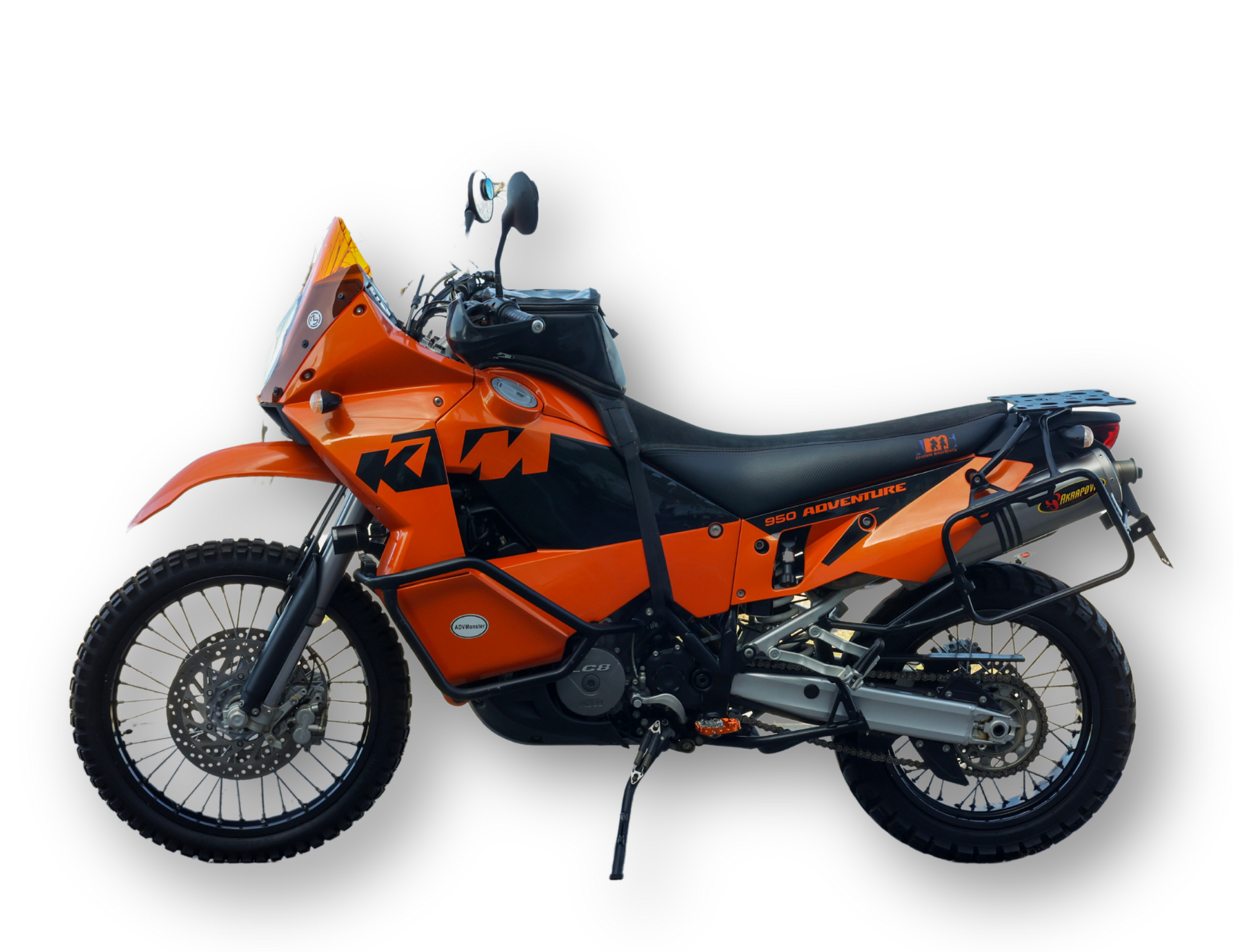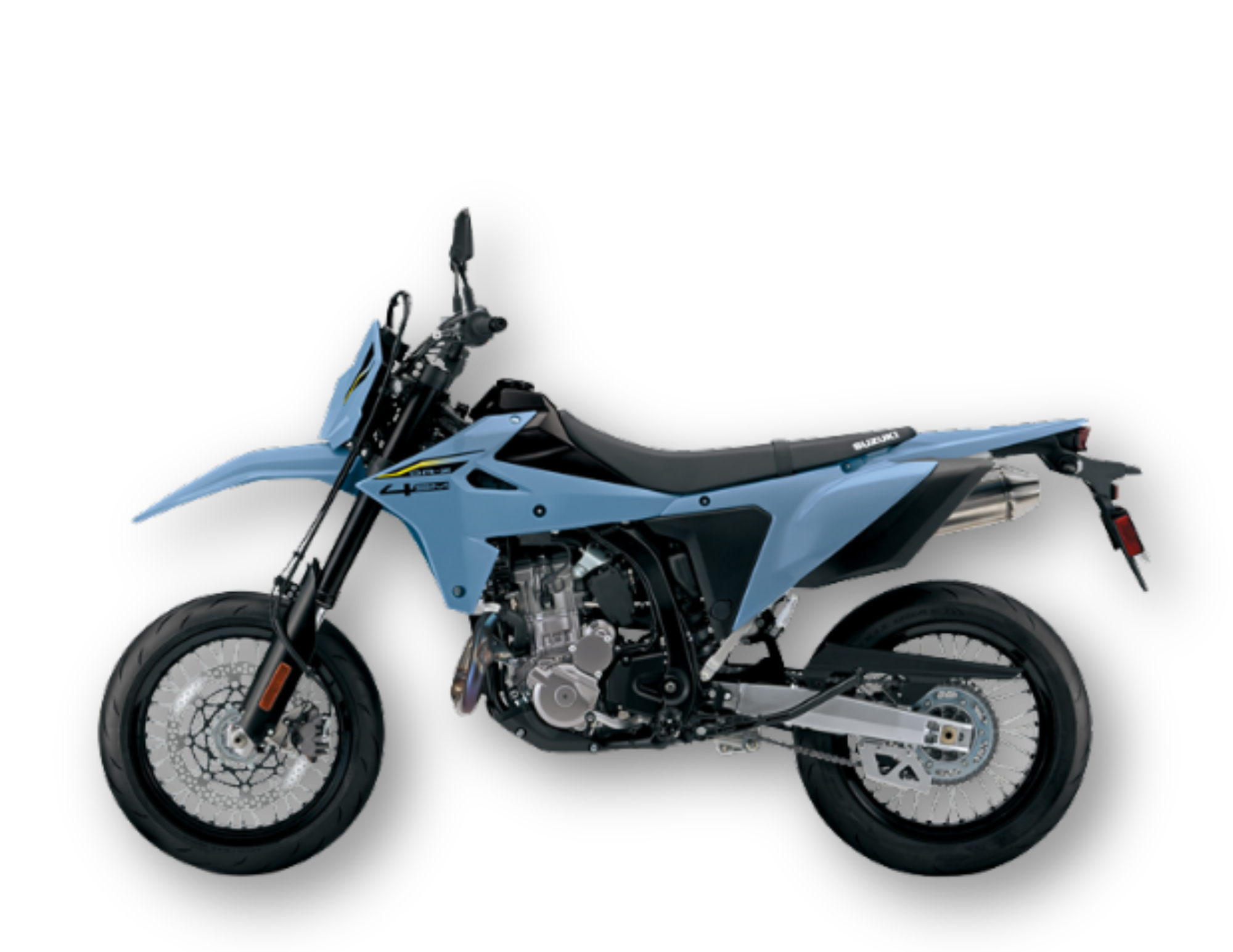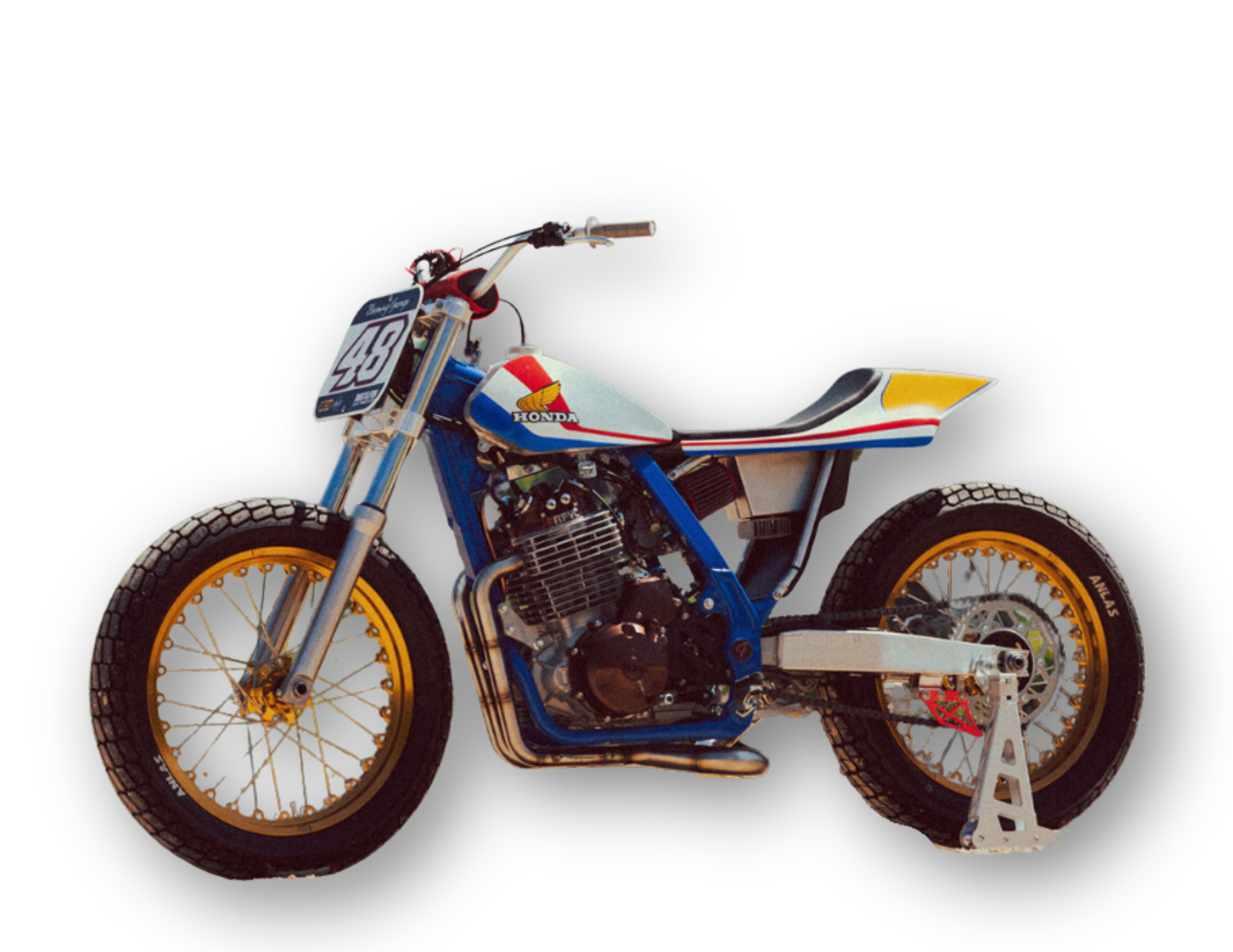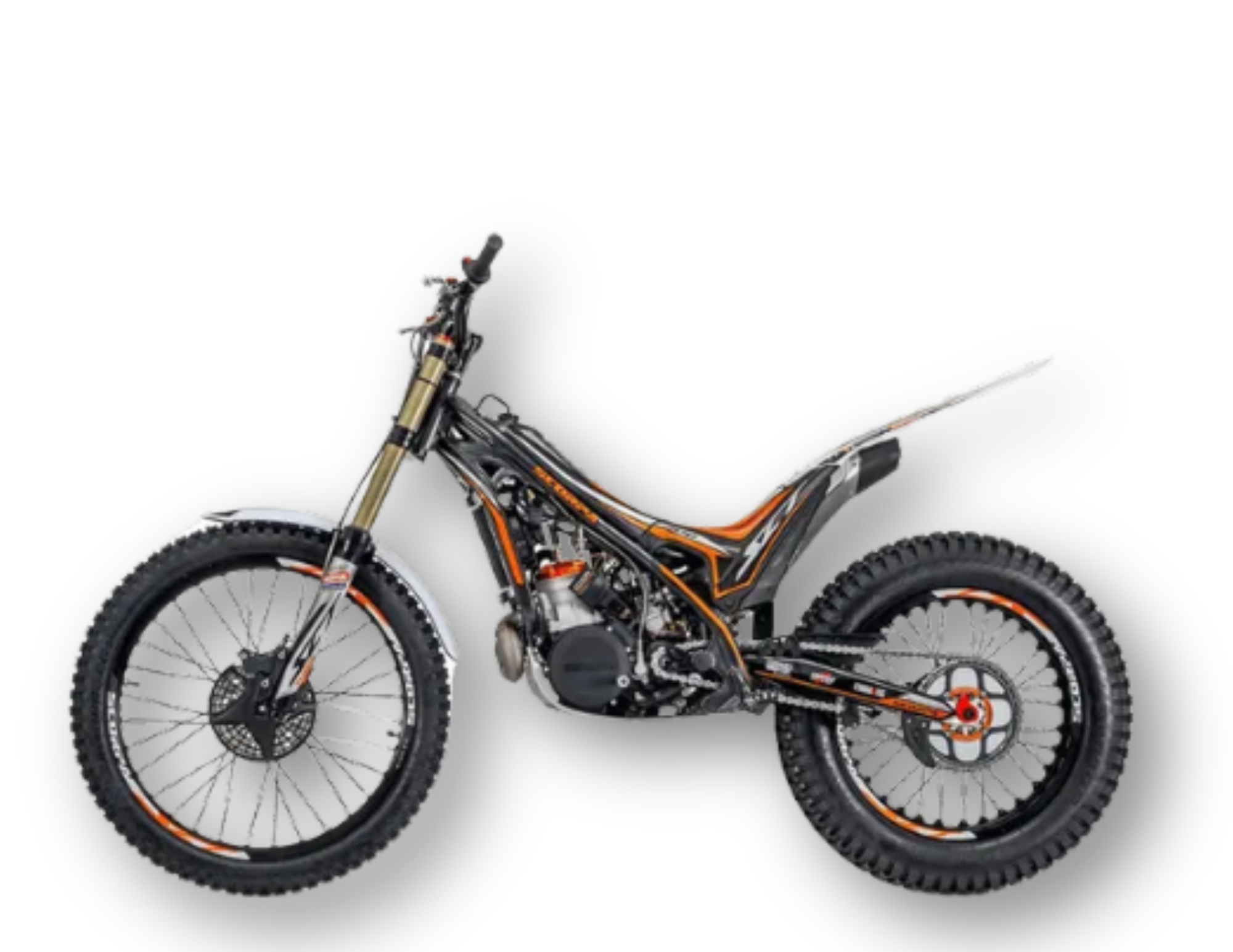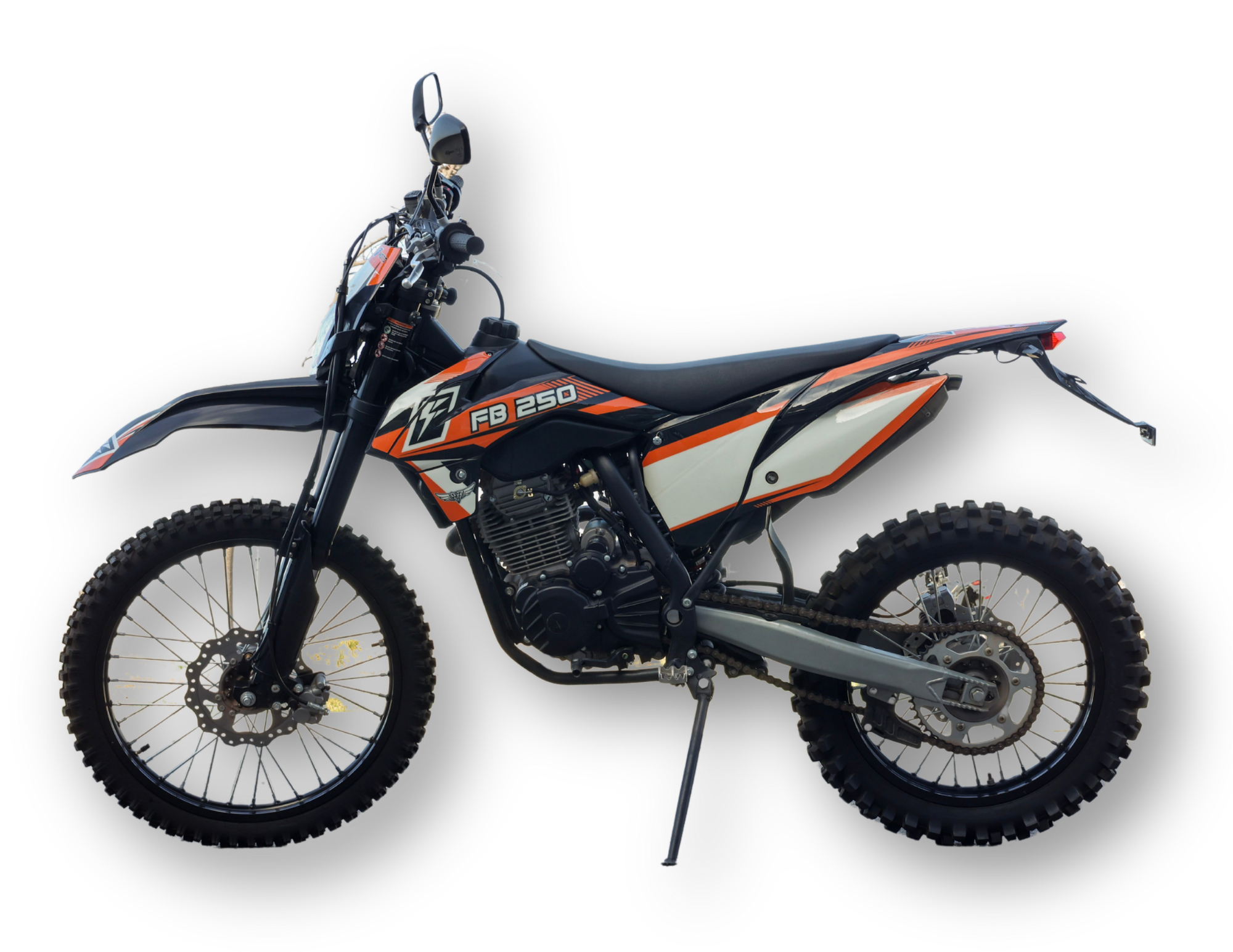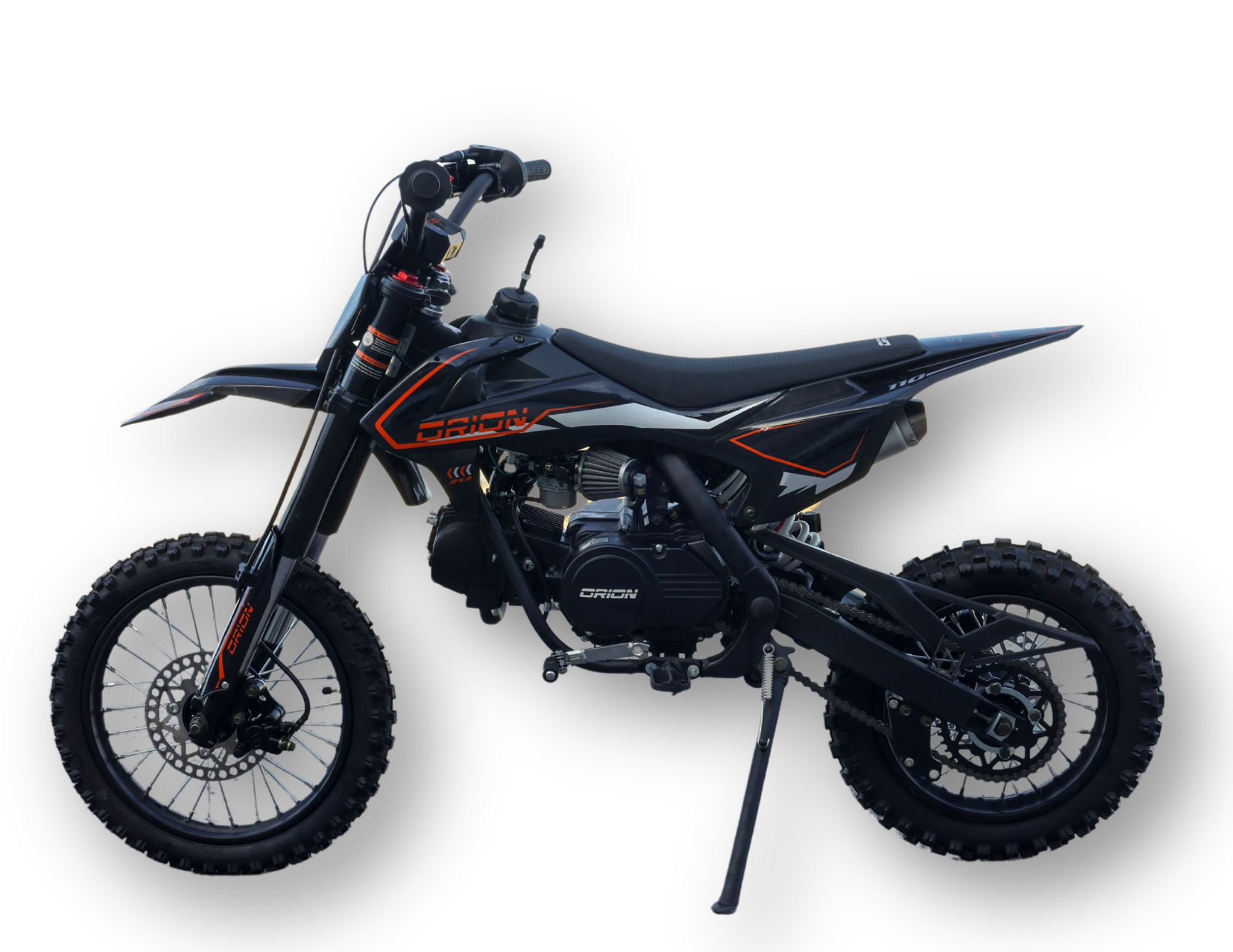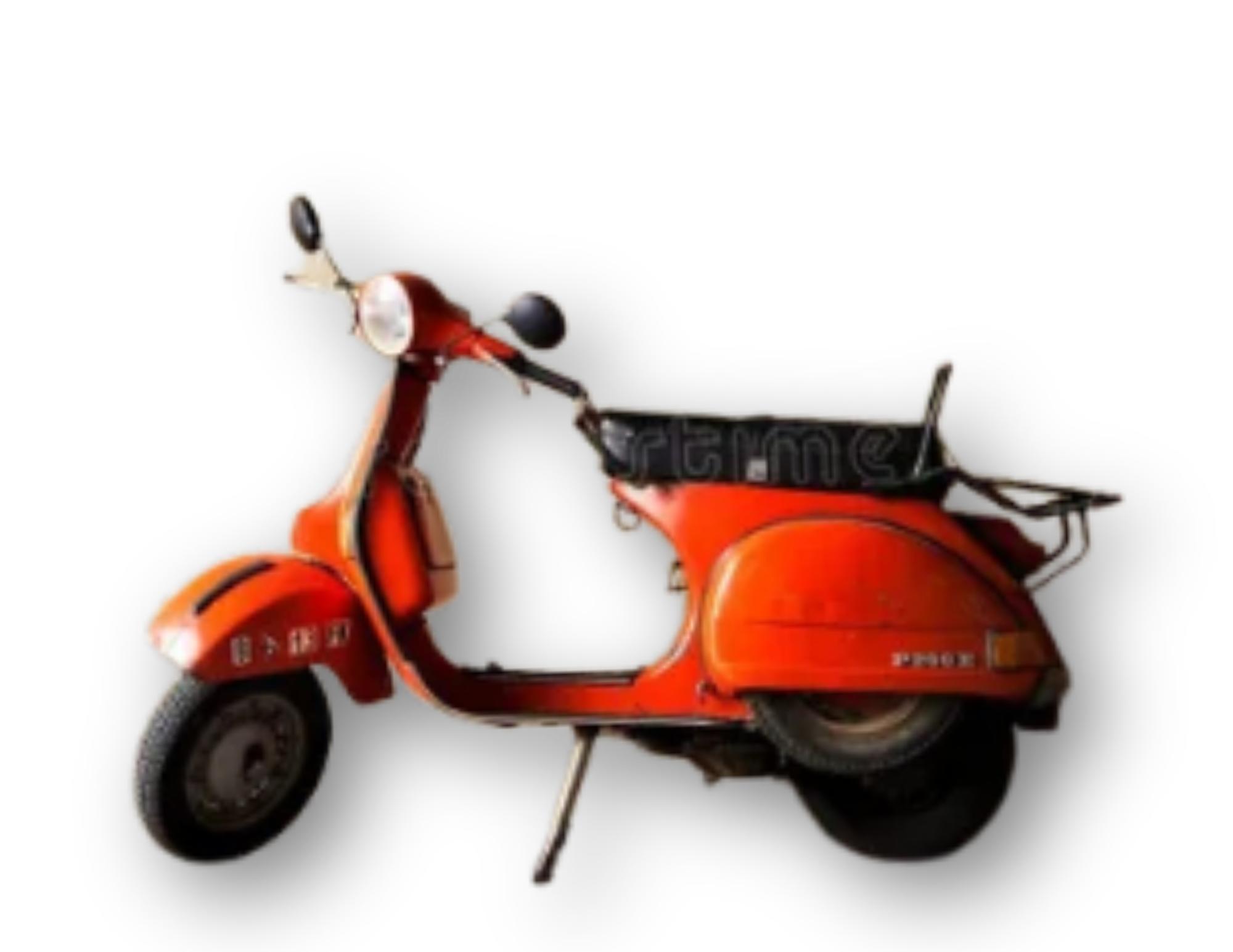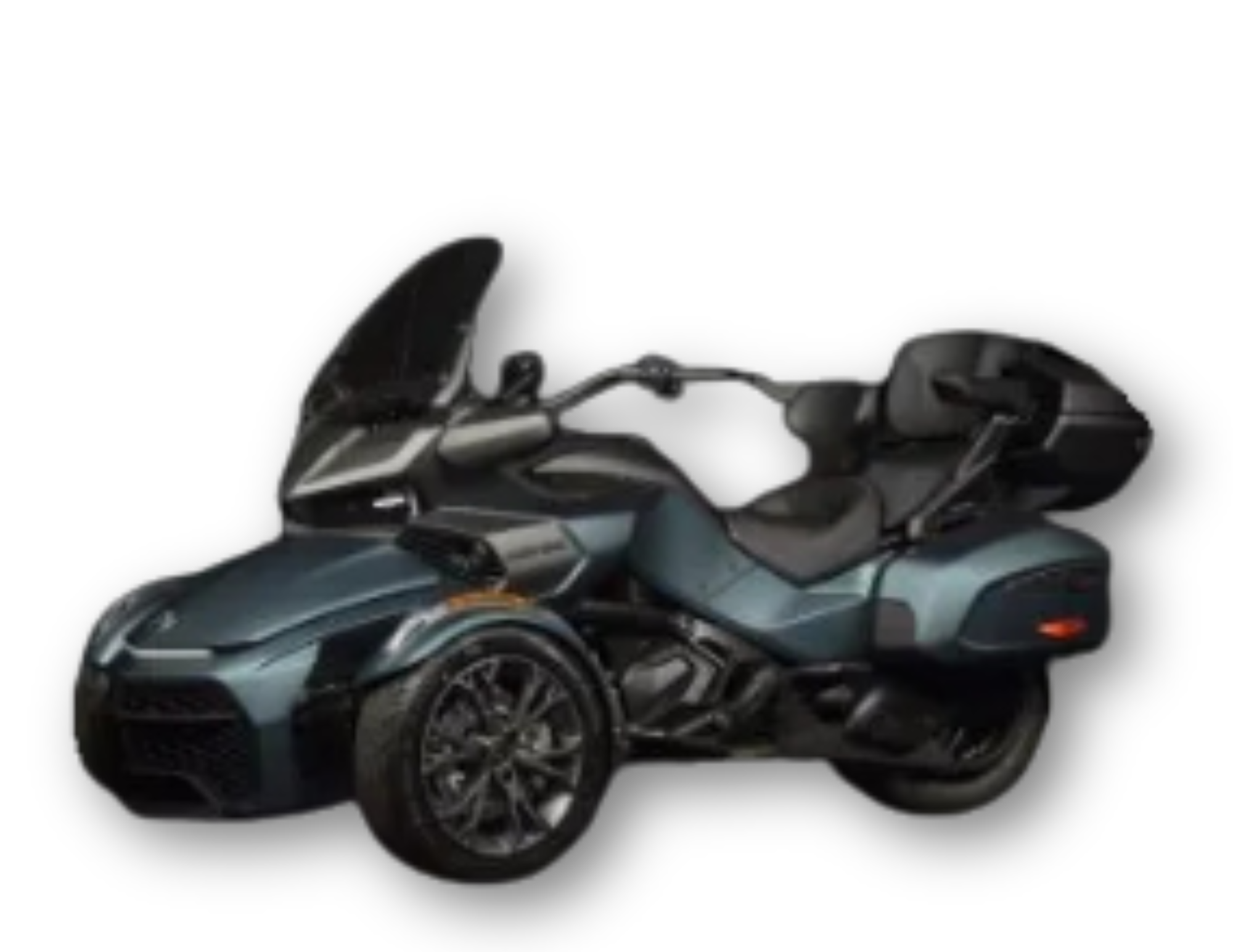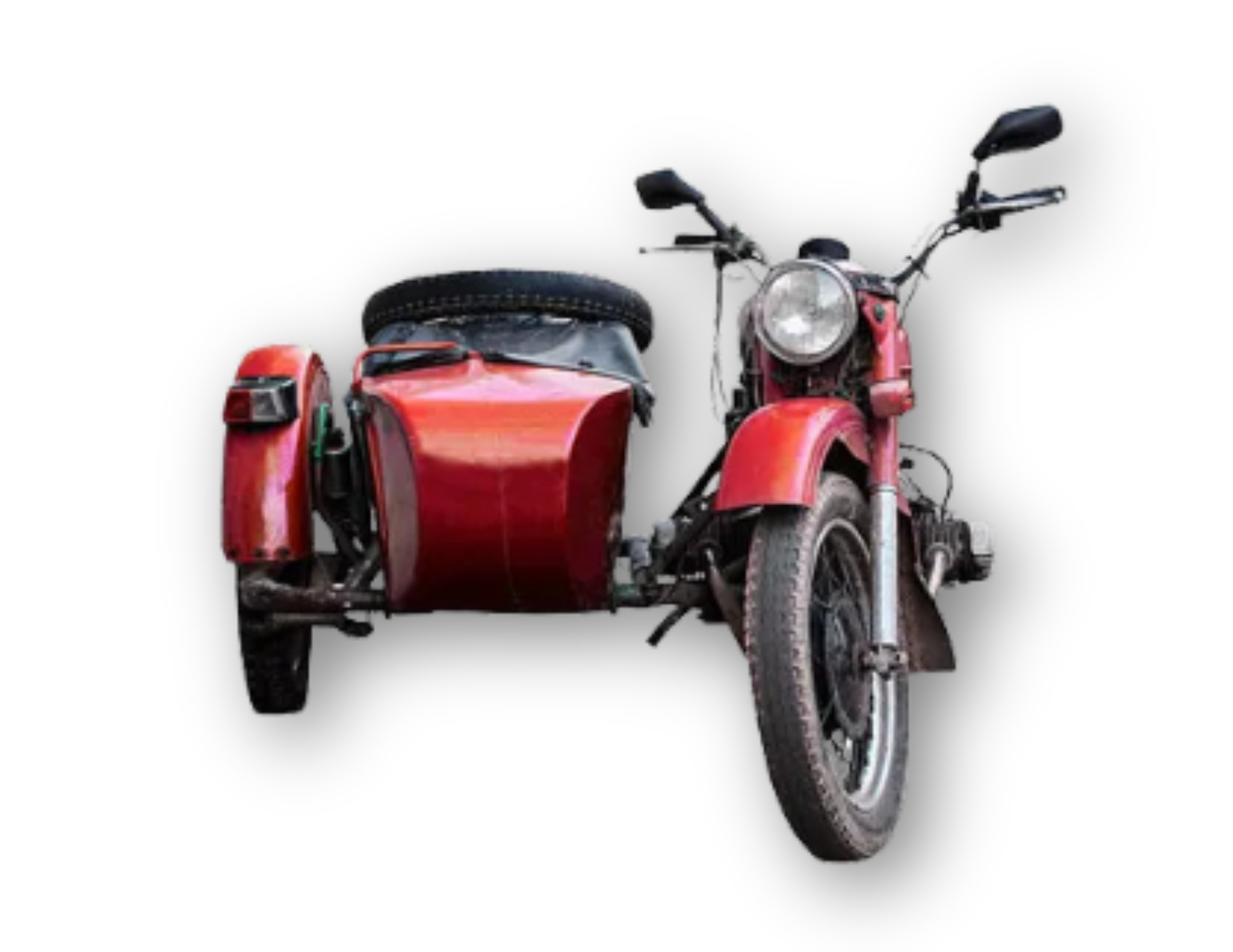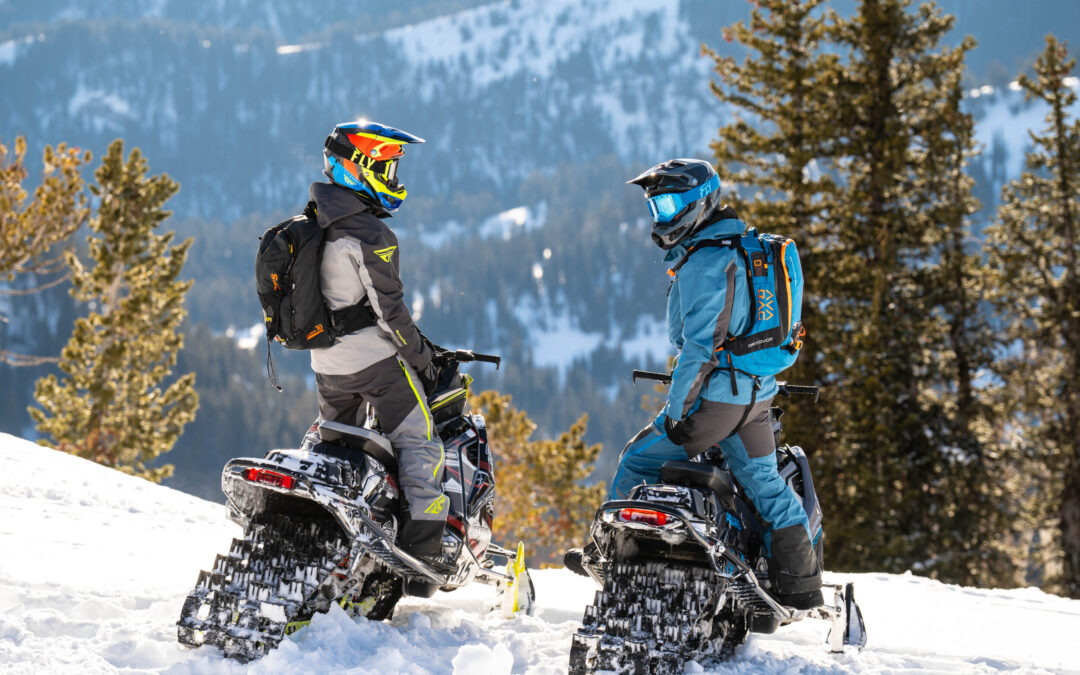
Winter Riding: What to Know, Where to Go
Winter Riding: Your Guide to Keeping the Adventure Alive with Fastback Moto
When the temperatures drop, the itch to ride doesn’t just vanish. For some of you, winter means parking the bike and dreaming of spring. But for the rest of us? It’s a chance to embrace the crisp air, conquer new terrain, and keep the adrenaline pumping. Whether you’re a die-hard road warrior, a snow bike thrill-seeker, or just planning for next season, our full-service motorcycle shop in Utah has you covered.
Here’s our ultimate guide to making winter your favorite riding season, packed with tips, destinations, and ways we can help you keep rolling.

Why Winter Riding Rocks
Winter isn’t just about bundling up—it’s about discovering new adventures and getting ahead on bike prep. At Fastback Moto, we see riders transform the cold months into prime time for epic rides, maintenance, and upgrades.
From the stunning trails of southern Utah to the thrill of snow biking, there’s no reason to let your bike hibernate. Let’s dive into where to ride, how to prep, and why stopping by our shop is the best move you’ll make this season.
Where to Ride: Southern Utah’s Winter Wonderland
When snow and ice blanket northern Utah’s roads, southern Utah becomes a rider’s paradise. With mild temperatures and jaw-dropping scenery, it’s like spring riding all winter long. Whether you’re into street cruises or off-road adventures, here are some must-ride spots:
- Zion Canyon Loop: This street ride offers cool temps, breathtaking red rock views, and fewer crowds in winter. Perfect for soaking in the scenery without the summer rush.
- Scenic Byway 12 (Boulder to Escalante): A street rider’s dream with sweeping curves and vibrant landscapes. It’s a ride that feels like a journey through a postcard.
- Beaver Dam/Mesquite: For off-road enthusiasts, this area delivers endless trails and open desert to explore. It’s a playground for dirt bikes and adventure riders.
Pro Tip: Elevation matters! Above 6,000 feet, temperatures can drop fast, so pack layers and check the forecast. Need help planning your route? Check out Butler Maps for expertly crafted motorcycle maps or create your own custom route to make every ride unforgettable.
Snow Bikes: Turn Your Dirt Bike into a Winter Beast
If you haven’t tried a snow bike yet, you’re in for a treat. By swapping your dirt bike’s wheels for a front ski and rear track, Utah’s backcountry becomes your playground, from snowy forests to open slopes. At Fastback Moto, we can help you with:
- Snow Bike Conversions: We’ll guide you through choosing the right kit and handle the installation for peak performance.
- Preseason Inspections: Ensure your bike is ready for the snow with a thorough check-up.
- Storage Prep: We’ll prep your standard dirt bike setup for storage, so it’s ready when the snow melts.
Curious about snow biking? Swing by our shop, and we’ll walk you through the process, from kit options to tuning tips for flawless performance in freezing temps. It’s the ultimate way to keep riding while others are stuck shoveling snow.
Winter Utility: Make Chores Fun with ATV/UTV Plows
Winter riding isn’t always about adventure—sometimes it’s about getting stuff done. If you own an ATV or UTV, a snow plow attachment can turn clearing driveways or trails into a blast. At Fastback Moto, we’ve got everything you need to make your machine winter-ready:
- Plow Kit Installation: We’ll mount and adjust your plow for maximum efficiency.
- Winch & Electrical Checks: Ensure your systems are ready for heavy-duty work.
- Winterization: We’ll prep your ATV or UTV for reliable cold starts, so you’re never stuck.
Looking to upgrade your setup? Now’s the perfect time to add accessories or fine-tune your machine before the next big storm hits. Stop by, and let’s get your rig ready to tackle winter chores with ease.
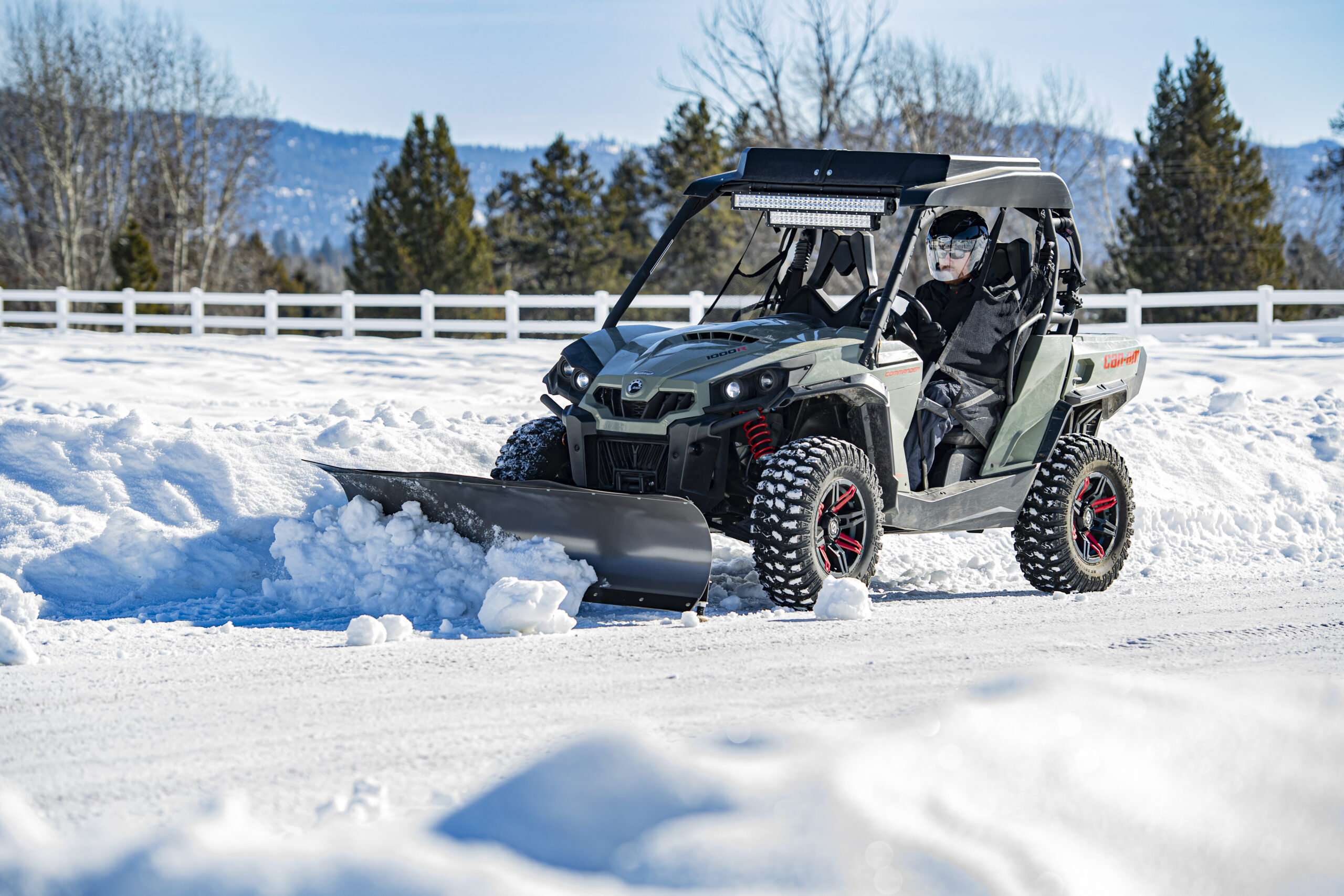
For the Die-Hards: Road Riding Through Winter
For those of you who refuse to let snow or cold stop you, we salute your grit! Winter road riding—whether commuting or cruising for fun—takes serious prep. Here are some battle-tested tips from the Fastback Moto crew:
- Gear Up Smart: Invest in heated gear (trust us, it’s a game-changer). Quality windproof liners and waterproof layers are worth their weight in gold.
- Tire TLC: Cold temps lower tire pressure, so check it before every ride. Consider winter compound tires for better grip if you’re a regular winter rider.
- Stay Visible: With low sun angles and early sunsets, visibility is critical. Add reflective gear and LED lighting to stand out.
- Mind the Road: Salt and sand help cars but can mess with your traction. Take corners slow and wash your bike regularly to prevent corrosion.
Not sure if your bike’s ready for winter’s challenges? Bring it to Fastback Moto for a full winter inspection. We’ll check fluids, battery, tires, and electrical systems to keep you safe and rolling all season long.

Fair-Weather Riders: Winter Storage Done Right
If winter riding isn’t your thing, no worries—Fastback Moto has your back. Our climate-controlled storage keeps your bike safe from snow, rain, and corrosion. We go the extra mile by starting your bike every couple of weeks to keep the battery charged and fluids circulating. Why? Because regular startups are the secret to a healthy motorcycle. With our storage service, your bike will be primed and ready when spring arrives, giving you peace of mind and a head start on the season.
Why Winter Is the Best Time to Visit Fastback Moto
Winter is the off-season for many riders, which makes it the perfect time to tackle those big projects or upgrades. At Fastback Moto, our full-service shop is ready to help you get ahead:
- Beat the Spring Rush: Schedule major services, rebuilds, or carb work now to avoid the wait.
- Upgrade Your Ride: From tire swaps to performance tuning or custom installs, we’ll get your bike dialed in.
- Join the Community: Follow us on social media for updates on winter classes, events, and meetups. Let us know what kind of workshops you’d love to see!
Our shop is more than a service center—it’s a hub for riders who live for the open road (or trail). Stop by, grab a coffee, and let’s chat about your winter plans. We’re as passionate about your bike as you are.
Keep the Adventure Rolling with Fastback Moto
Winter doesn’t have to mean downtime for riders. Whether you’re carving through southern Utah’s deserts, shredding snow-covered trails, or prepping for spring, Fastback Moto is here to keep your bike in top shape. From snow bike conversions to winter storage and everything in between, our team is all about fueling your passion for riding.
Ready to make this winter your best riding season yet? Visit Fastback Moto, drop by the shop, or give us a call. Let’s talk about your winter setup and plan the adventures ahead. Keep the throttle open, and we’ll see you on the road—or in the snow!

